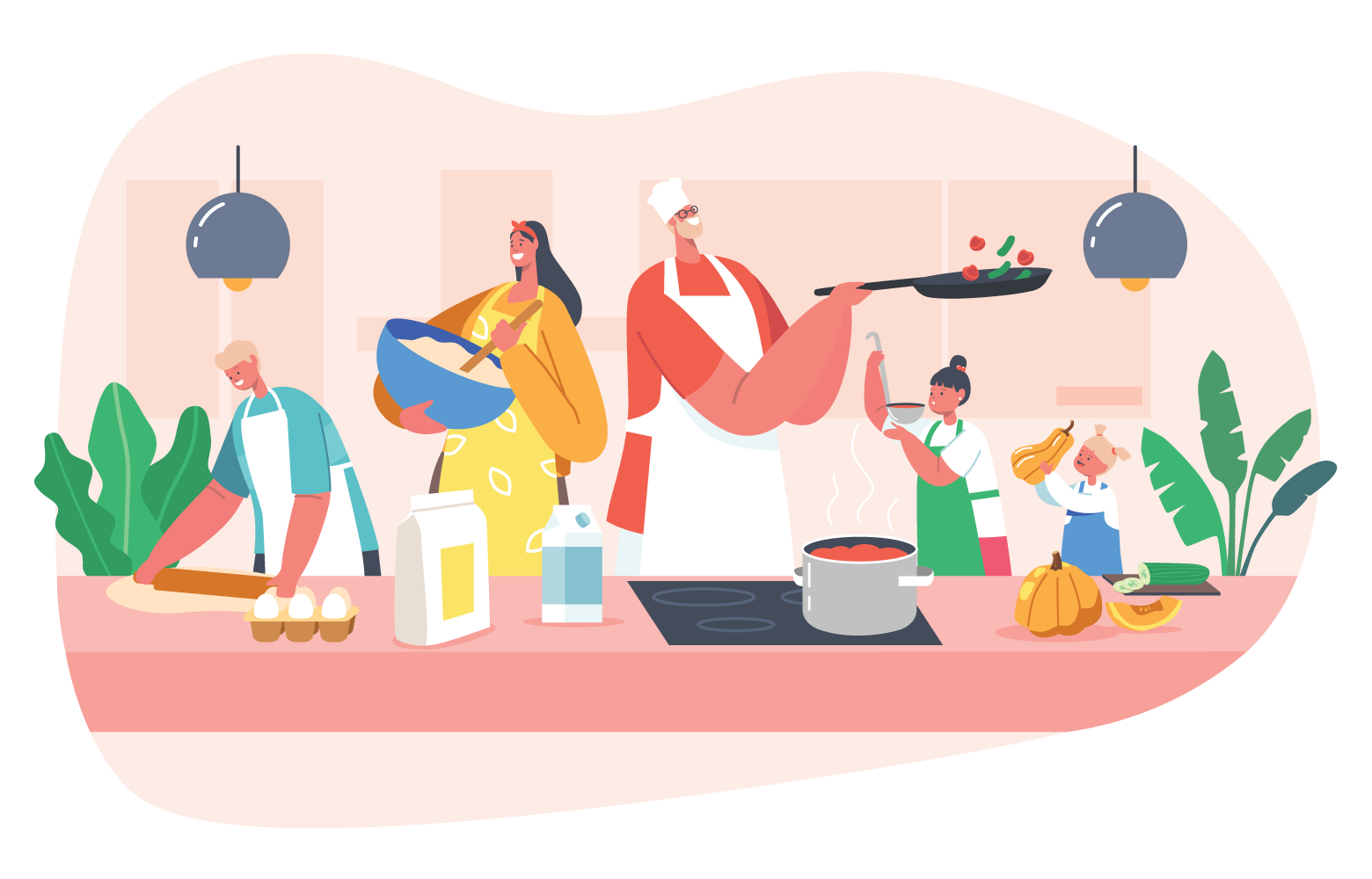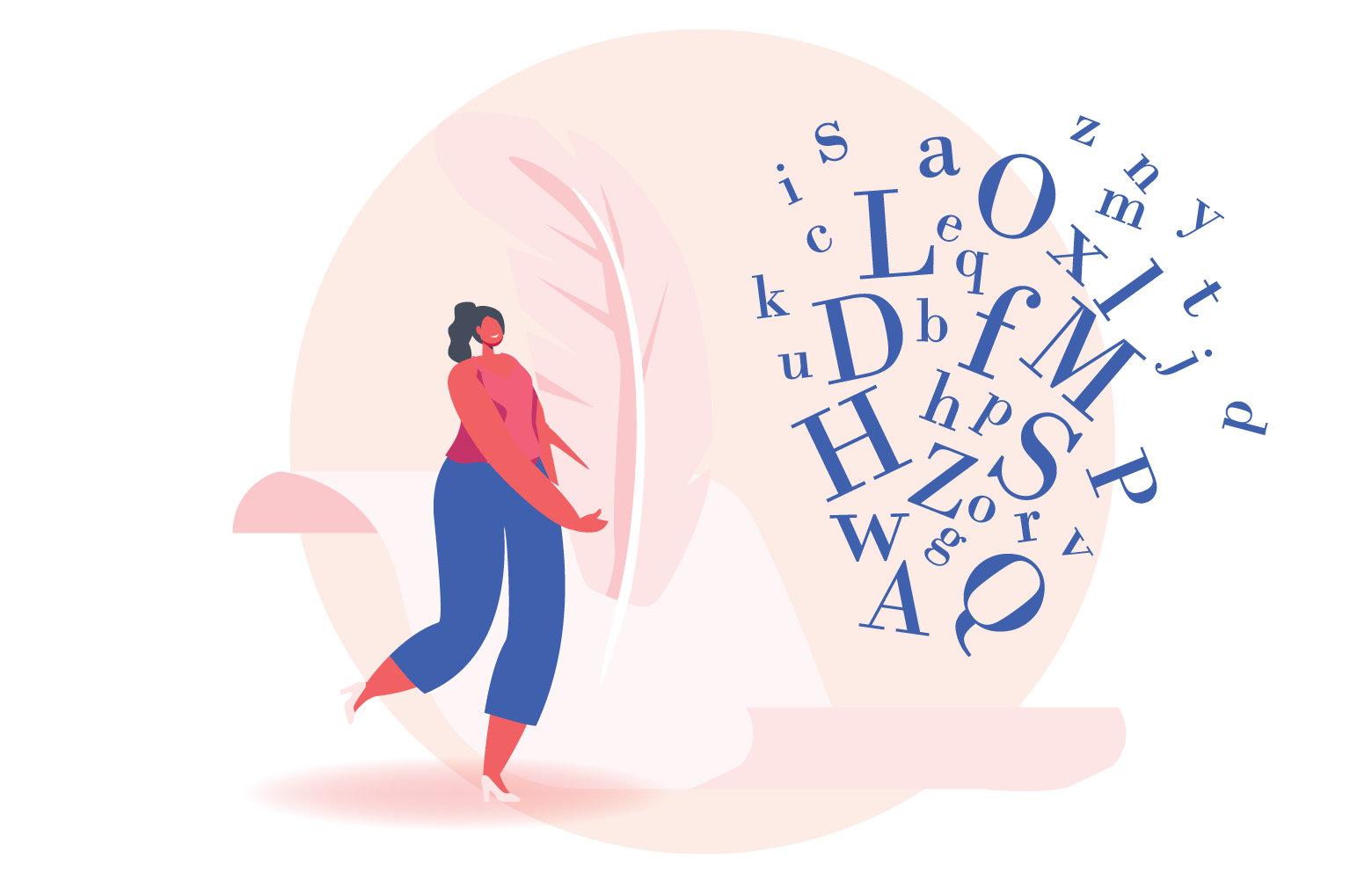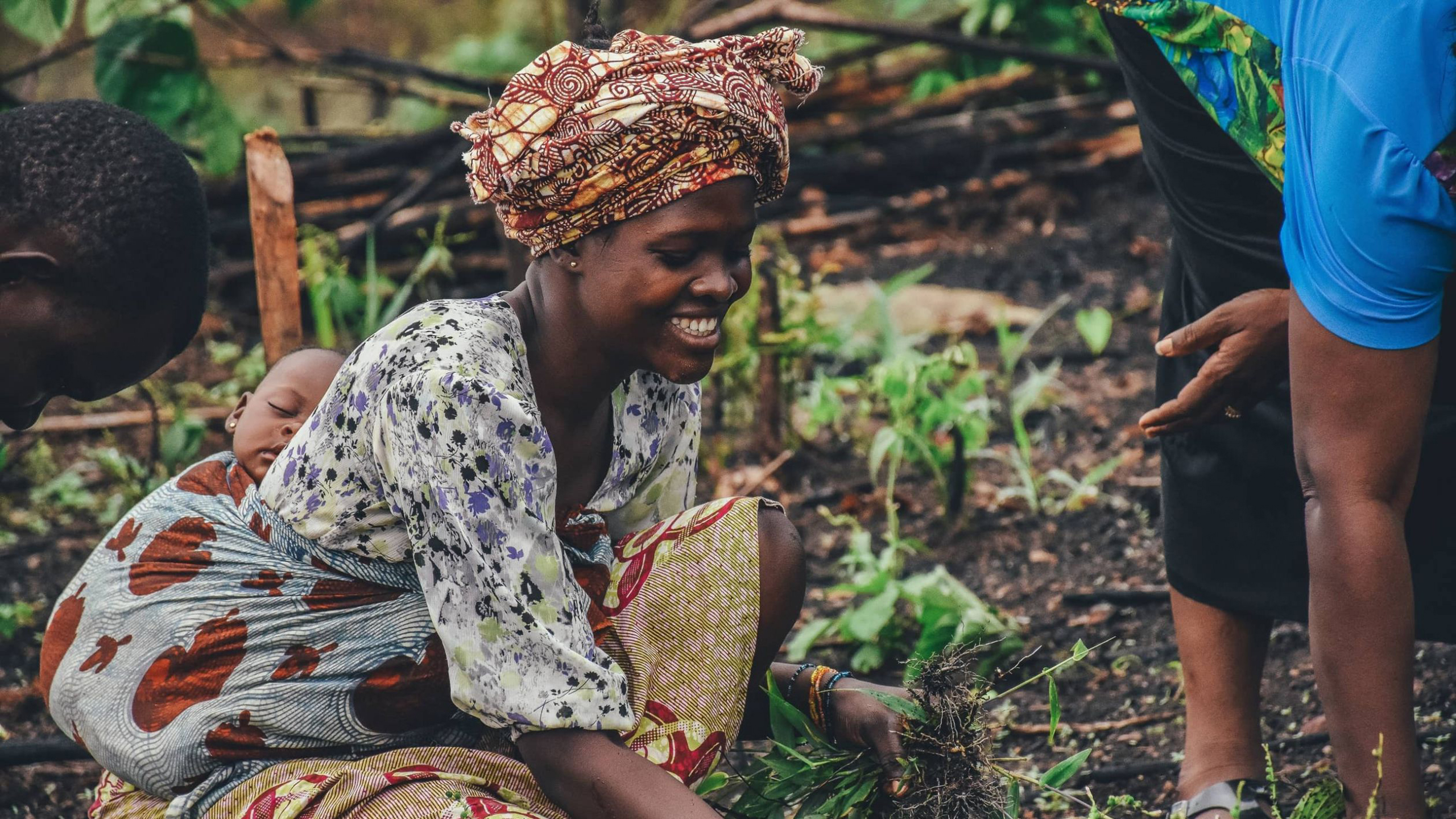The biases that feed gender inequality
Is football a man’s sport? Are pink clothes reserved for girls? The same with toy kitchens? What about toy cars – is it a boy thing? Certainly thought at least once about these questions and their answers. And although today these answers seem obvious (or so we hope), history tells us that it hasn’t always been like that.
According to a UN study, 91% of men and 86% of women have already shown some sort of social bias towards gender in areas as different as women in politics, education, economy, gender violence or reproductive rights, at least once.
The same study reveals that many of these behaviours and prejudices are learned at home, such as fathers and mothers’ different treatment between brothers and sisters.
Traditional gender roles – occupations and behaviours seen as “suitable” for different genders – are based on social constructs based on biological sex, leading to idealisations of what is masculine and what is feminine.

Many behaviours and beliefs related to gender equality are learned at home in early life stages.
Where does prejudice come from?
The answer requires returning to ancient Greece, the cradle of modern western civilisations. At that time, in 800 BC, women were not even granted the status of citizens, just like foreigners or enslaved people. Societies were built on the perception of male strength. Because of their apparent physical weakness, women were subjected to male guardianship.
More than two thousand years later, towards the end of the Middle Age, most women were still discriminated against simply because they were female. Some things had changed, such as decision-making power at home, which was gradually gained due to men’s long absences when called up for armed conflicts. The role of women was to take care of the home and the family.

In the 18th century, during the Age of Enlightenment, women became more aware of the inequality they were subjected to. Access to education became a passport to social advancement.
In the 19th century, the number of women who could read, who wrote literary works and who published various articles in newspapers increased. They met in social and literary gatherings, and began to build the foundations of a greater social affirmation.
Gender equality is a human right
The concept of gender equality is disrupting the stereotyped roles that put pressure on both men and women. There are unjust situations for women, such as unequal pay and difficulty in accessing positions of leadership or in politics; men suffer retaliation often in the workplace for paternity leave, among many others.
According to a study by the Francisco Manuel dos Santos Foundation (FFMS), being a woman is still a disadvantage in terms of paid work. Despite being more educated, women get on average lower wages, have more precarious working conditions, and invest more time in household chores and taking care of the family than men. There is also a social expectation that women have to sacrifice their work for their family, and this is obviously reflected in the way they are treated at the workplace. In addition, there is still a preference in hiring men rather than women with similar curricula, which contributes to perpetuating gender inequality.
What about Europe?
In line with the European Union’s gender equality strategy, legislation has been adopted in order to achieve equal participation of men and women in all sectors of activity.
In Sweden, for example, there are 180 days of parental leave for each parent, of which 90 days are non-transferable to the other parent.
To measure achievements, the European Institute for Gender Equality has created an index that evaluates the concept of gender equality on a scale of 1 to 100. In 2021, the overall EU index stood at 68. The country with the best index was Sweden (83.9), and the country with the worst gender equality index was Greece (52.5). Portugal was below the EU average, with an index of 62.2.
In addition to European and national bodies, companies must also assume the responsibility of doing something to make gender equality a reality. The Jerónimo Martins Group has over 118 thousand employees (in Portugal, Poland and Colombia) and women represent 76% of the workforce and, in management positions, they occupy 68% of the posts. The Jerónimo Martins Group is part of the Bloomberg Gender Equality Index, which selects the companies most involved in the development of gender equality in the world.


